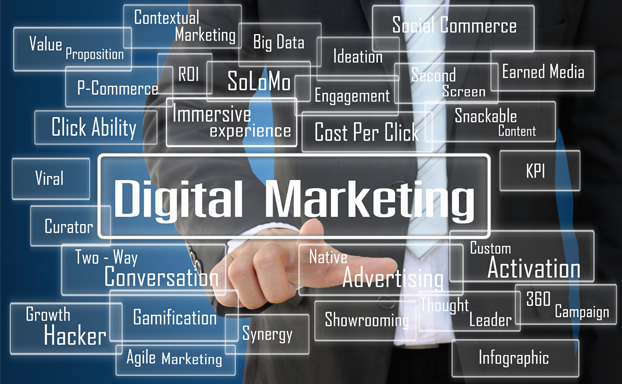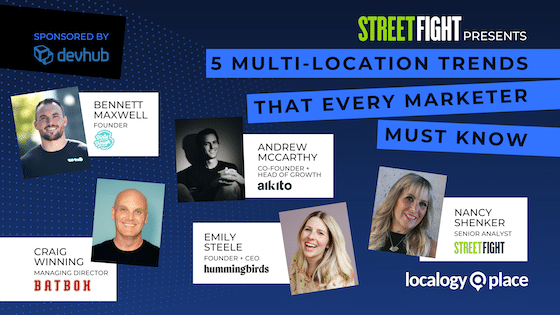Today, digital marketing expertise from one marketer or advertiser to another varies dramatically. While one explores the inner workings of the automated ad buy, another is still reading up on website best practices. Despite growing spend on digital, marketers are still having trouble understanding technologies and determining which vendors to work with.
Both large and small advertisers often work with multiple providers and point solutions. The complexity and confusion in the market are illustrated by the familiar LUMAscape graphics as well as a number of studies:
- Brands have multiple, sometimes incorrect definitions of “local search”;
- Many marketers don’t really understand programmatic or automated ad buying with almost 40 percent claiming low, or no, awareness;
- The biggest challenge SMBs face with digital media is not having enough knowledge or expertise;
- Marketers don’t know the efficacy of content marketing and 51 percent said measuring content effectiveness was the top content marketing challenge they face.
The digital space is now inundated with data and metrics, some more clear and actionable than others. While many reports and studies are interesting and useful, execution and prescriptive advice are often missing. We might be able to recognize the consumer shift to mobile, but blanket statements like “mobile is where your customers are,” ultimately aren’t very helpful.
As digital technologies and media create new marketing capabilities, they also create new demands on marketers. Indeed, the digital space appears to be evolving faster than our collective ability to understand it. There’s often an “adopt first, optimize second” mentality. Sometimes the sheer number of choices, channels and vendors produces the opposite effect: inertia and resistance to change.
While one study shows that four out of five businesses say they have a presence on social media, another study shows that 70% of SMBs find social too time consuming and complicated to manage properly. Similarly, despite spending nearly $300 billion on web presence digital marketing services, websites remain a pain point for many local businesses.
Despite these challenges, spending is on the rise in digital. According to a study by Forrester, digital advertising will overtake TV in 2016 and in 2019 will represent 36% of all ad spend. Even more compelling is the spending seen in the digital marketing services space. According to a study by Borrell Associates, digital marketing services brought in around $500 billion in 2014.
Growing digital media spend is great for the industry, but without the proper understanding of the many digital outlets that make up the space, digital spend can be wasted or inefficiently deployed. Many local media publishers face high SMB churn rates while brands and enterprises often don’t know whether they’re getting ROI from their digital buys. (Display ad “viewability” and social media uncertainty are two examples.) While digital spending in the aggregate is growing that belies some of the dissatisfaction and frustration “on the ground.”
Some feel these challenges can be addressed with better attribution and ROI metrics. With the majority of purchases taking place offline – 9 out of 10 conversions associated with digital advertising occur offline – connecting online to offline is the next frontier in the metric crazed digital space. As Greg Sterling discusses on Marketing Land, many organizations like Google, Telmetrics, Twitter and others have already made strides in doing this.
While progress in attribution is great for the space, it won’t solve everything. Even if we know a customer clicked a paid search ad and made an in-store purchase two weeks later, can we really attribute the sale to the search ad? What if a social media post highlighting a sale at the brick and mortar location played a critical role in the offline conversion? Does that make the search ad more or less valuable?
Broadly speaking, the digital space is in the midst of tremendous growth, coupled with increasing complexity and considerable confusion. As solutions and metrics evolve, so will our understanding of digital. Experimentation and trial and error will likely bring to light better ideas, smarter tactics and, hopefully, a better understanding that seems to be missing today.



